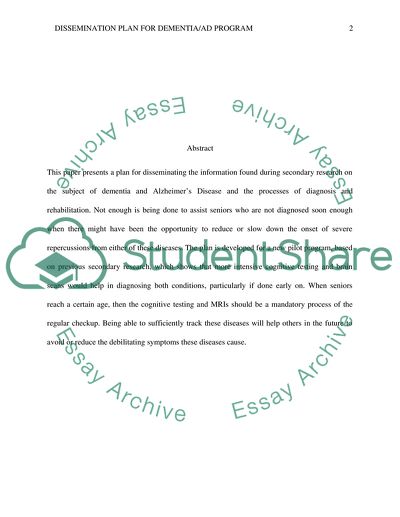Cite this document
(“Disseminate your findings to make changes in practice Essay”, n.d.)
Disseminate your findings to make changes in practice Essay. Retrieved from https://studentshare.org/nursing/1649978-disseminate-your-findings-to-make-changes-in-practice
Disseminate your findings to make changes in practice Essay. Retrieved from https://studentshare.org/nursing/1649978-disseminate-your-findings-to-make-changes-in-practice
(Disseminate Your Findings to Make Changes in Practice Essay)
Disseminate Your Findings to Make Changes in Practice Essay. https://studentshare.org/nursing/1649978-disseminate-your-findings-to-make-changes-in-practice.
Disseminate Your Findings to Make Changes in Practice Essay. https://studentshare.org/nursing/1649978-disseminate-your-findings-to-make-changes-in-practice.
“Disseminate Your Findings to Make Changes in Practice Essay”, n.d. https://studentshare.org/nursing/1649978-disseminate-your-findings-to-make-changes-in-practice.


